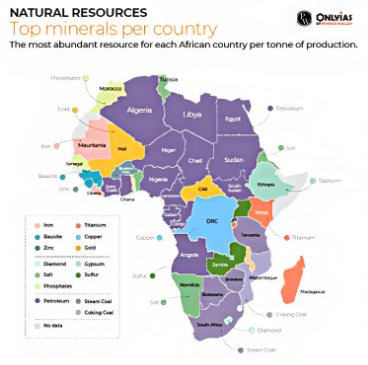Context: This article is based on an Editorial Spotlighting another border point, the rogue channel from The Hindu which explores the role of Border Security Force at Harami Nala.
| Relevancy for Prelim: Modernization of Border Security Force (MBSF), Integrated Check Posts (ICPs), Border Area Development Program (BADP), BSF Ex-Servicemen Welfare Society, Comprehensive Integrated Border Management System (CIBMS), Border Road Organization.
Relevancy for Mains: National Security, Maintaining Law and Order, Securing Border Infrastructure, Cross-Border Cooperation, International Relations, Role in Elections, Internal Security, Trans-border smuggling, Infiltration, Counter-terrorism strategies by Border Security Force. |
|---|
In early August this year, for the very first time, any Indian Union Home Minister visited “Harami Nala”. He also visited the Border Observation Posts (BOPs) of the Border Security Force (BSF) in that sector in the Sir Creek area of Kutch, Gujarat, along the India-Pakistan international border. This article assesses security measures at Harami Nala on the Pakistan border.
Harami Nala, a 25-kilometer-long water body flowing from Pakistan to Kutch, poses challenges for surveillance due to rich prawn fishing, harsh marshy terrain, and scorching temperatures. Cross-border issues and a lack of infrastructure once hindered BSF patrols on the Indian side. Major Challenges are listed below –

India has been rapidly building composite Border Outposts (BOPs) along the border, including Creek and Harami Nala. They’ve improved mobility with all-terrain vehicles, used speed boats to deter Pakistani fishing boats, and enhanced infrastructure to reduce infiltration. Step taken by Border Security force to enhance Border security are –
Why in NEWS: This article is based on an Livemint article Can Africa solve world’s critical mineral challenge? which explores the role of Africa in resolving the Critical Mineral Supply chain in the world.
| Relevancy for Prelims: National Security, Critical Minerals, African Union, Africa Mineral Map, Asia-Africa Growth Corridor.
Relevancy for Mains: Role of Africa in Ensuring Critical Mineral Supply, Challenges in Securing Critical Mineral Supply, Critical Mineral and SDG’s. |
|---|
The inclusion of the African Union into the G20 Grouping as its 21st member has given a new voice to the global south, providing an opportunity in ensuring global critical mineral security.
Critical Minerals:
About African union (AU):
|
|---|

Africa role in the world’s supply of essential minerals will be extremely beneficial to the world. With its large reserve base and the African Union’s membership in the G20, there is a chance to improve resource security, advance sustainable development, and lessen reliance on a single source.
Context: This article is based on an Editorial “PM Modi, Saudi Crown Prince MBS chair SPC meeting: What is the Strategic Partnership Council” from the Indian Express. It explores the recent meeting between India and Saudi Arabia, both nations co-chaired the first meeting of the India – Saudi Arabia Strategic Partnership Council (SPC) in New Delhi.
| Relevancy for Prelims: Strategic Partnership Council (SPC)between India and Saudi Arabia, Energy Security and Oil Prices, Geopolitical Alliances, International Trade and Commerce, Indian Diaspora and Migrant Workers, Counter-Terrorism and Security, Saudi Arabia’s Vision 2030, Naval Exercise, West Coast Refinery Project.
Relevancy for Mains: Diplomatic Relations and Bilateral Agreements between India and Saudi Arabia, Cultural and Educational Exchanges, Multilateral Cooperation, Energy Security and Economic Ties, Bilateral Relations and Tourism Enhancement. |
|---|
India and Saudi Arabia relationship is known for cooperation in various sectors such as energy, trade, and culture. Both nations Conducted important meetings and made significant financial commitments, which has made their partnership even stronger. Both nations have come forward to collaborate effectively during the COVID-19 pandemic.

Associated Declaration:
|
|---|
Challenges like energy dependence and geopolitical dynamics persist between India and Saudi Arabia. India faces the challenge of balancing its relationships with Saudi Arabia and Iran, as well as managing its ties with the United States in the complex Middle East politics.
To navigate these challenges, India and Saudi Arabia should prioritize diplomacy, foster economic partnerships, and promote regional stability. Maintaining open channels of communication and engaging in dialogue with all parties involved will be essential for successfully balancing its Middle East relationships. Various step that can be taken are:
SC Verdict on Newsclick Shows Adherence to Due Pro...
Stay Invested: On Chabahar and India-Iran Relation...
Credit Rating Agencies, Impact on India’s De...
Catapulting Indian Biopharma Industry
Globalisation Under Threat, US Import Tariffs Have...
Global Report on Hypertension, Global Insights and...
<div class="new-fform">
</div>
